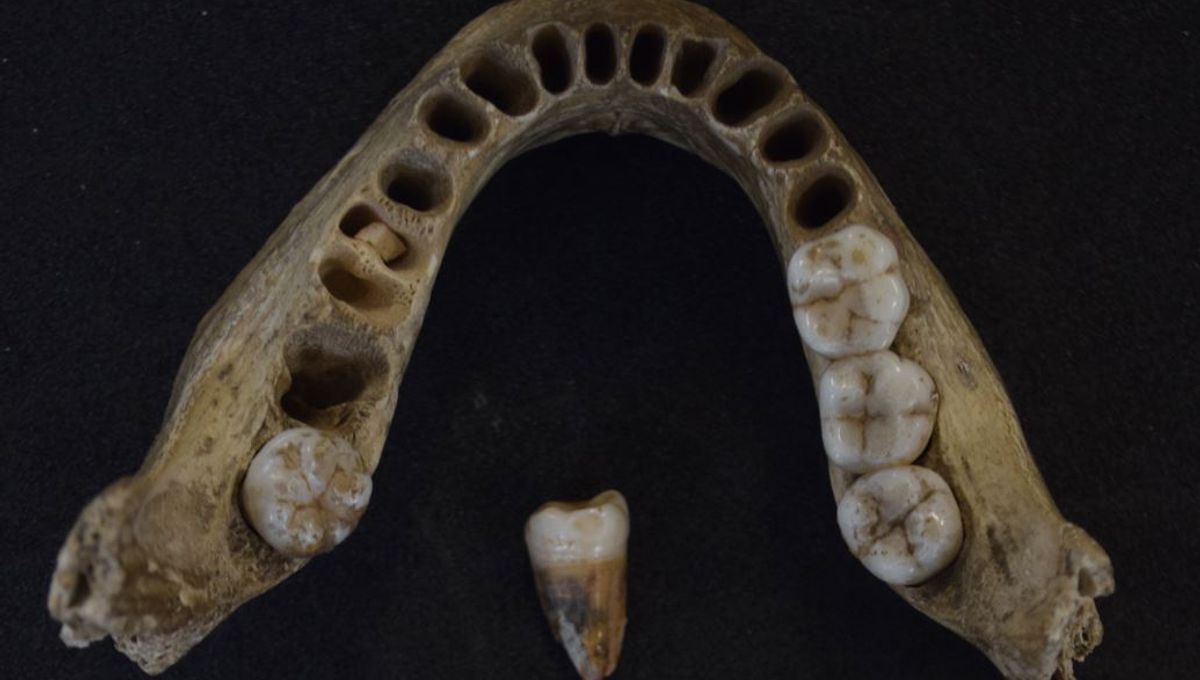
After sequencing the oldest human DNA ever obtained in the UK, researchers have confirmed that at least two completely unrelated groups of people migrated to the British Isles at the end of the last Ice Age. Aside from their distinct genetic ancestries, these diverse populations also brought their own unique cultures to the region, with one group possibly engaging in ritualistic cannibalism.
During the Last Glacial Maximum, much of what is now the UK and Ireland was covered by ice and unsuitable for human habitation. However, that all changed around 18,000 years ago when the northern European landscape began to thaw, allowing ancient hunter-gatherers to access the region via a land bridge from the continental mainland.
Seeking to learn more about these early settlers, researchers studied the DNA of two individuals recovered from separate paleolithic archaeological sites. The first of these was a female from Gough’s Cave in Somerset, southwest England, who died around 15,000 years ago.
The second was a male from Kendrick’s Cave – located a few hundred kilometers away in north Wales – who perished some 13,500 years ago. Despite the two hunter-gatherers’ geographical and chronological proximity, the study authors found that the “individual from Kendrick’s Cave shows no evidence of having ancestry related to the Gough’s Cave individual.”
Genetic analysis revealed that the woman from Gough’s Cave descended from a population known as the Magdalenians, who migrated to the British Isles around 16,000 years ago and were present in places like Spain and Belgium. The old geezer from Kendrick’s Cave, however, was genetically related to the so-called Western Hunter-Gatherers who made their way to the area about 14,000 years ago from the near East.
“Finding the two ancestries so close in time in Britain, only a millennium or so apart, is adding to the emerging picture of Paleolithic Europe, which is one of a changing and dynamic population,” said study author Dr Mateja Hajdinjak in a statement. Indeed, as the climate continued to warm, frozen tundra gave way to thick forests, transforming the lifestyles of the ancient Brits.
For instance, isotopic analysis revealed that while the residents of Gough’s Cave mainly hunted large mammals like reindeer and horses, those stationed at Kendrick’s Cave ate a diet rich in seafood. Furthermore, the presence of carefully crafted cups made from human skulls suggests that the former group may have been cannibals. In contrast, Kendrick’s Cave was found to contain items such as a decorated horse jaw and bear-tooth beads, indicating that the site was probably used as a burial ground.
Interestingly, Gough’s Cave was also the home of the famous Cheddar Man, whose remains were discovered in the early 20th century. Dated to around 10,000 years ago, Cheddar Man – who is not made of cheese – was found to be related to both the Magdalenians and the Western Hunter-Gatherers, indicating that the two groups may have interbred in the intervening years.
The study is published in the journal Nature Ecology & Evolution.
Source Link: UK’s Oldest Human DNA Suggests Paleolithic Cannibals May Have Once Inhabited Britain